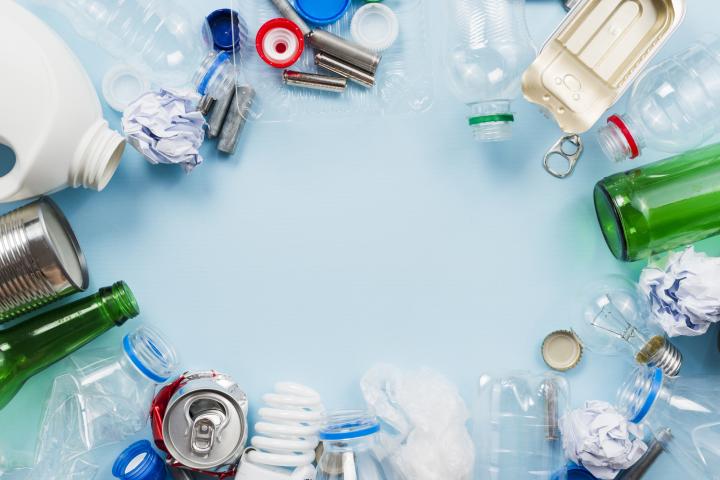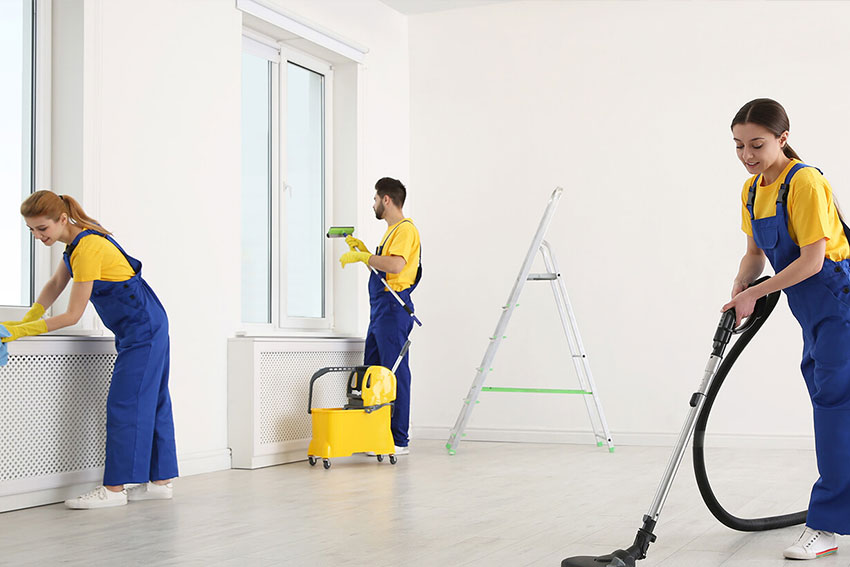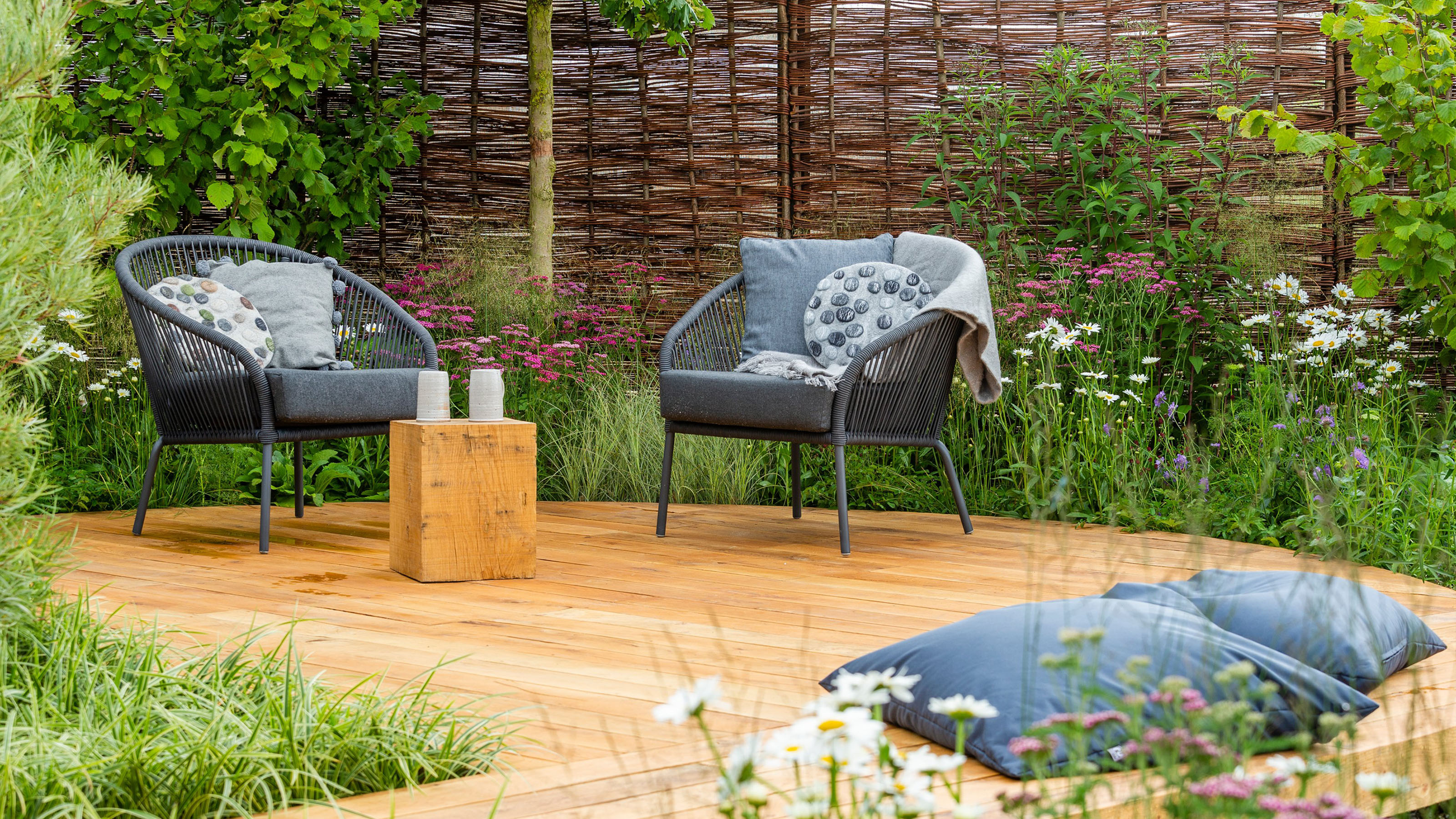7 Common Types of Rubbish and their Disposal Methods

There are many ways to throw away rubbish that might not be the most convenient or environmentally friendly. However, it’s a good idea to know what can get sent to landfill and what should be recycled. This article examines each type of rubbish and provides information on how they can best be disposed of.
What is Rubbish?
Rubbish can be defined as anything that is no longer needed or used. It can be anything from old clothes to expired food. It can also refer to things that are dangerous or harmful. There are many different types of rubbish, and each one has a different purpose.
Some of the main purposes of rubbish are to create space, to reduce waste, and to help the environment. Rubbish can also be used to produce energy. By burning rubbish, we can create heat and energy.
Rubbish can have a negative impact on our environment if it’s not disposed of properly. Rubbish can pollute the air and water, and it can cause health problems for people and animals who come in contact with it.
There are many ways to dispose of rubbish properly. You can throw it away in the rubbish bin, you can recycle it, or you can compost it. Choosing the right method for disposal will depend on the type of rubbish that you have.
7 Common Types of Rubbish and Disposal Methods
It can be quite daunting trying to figure out what to do with all of the rubbish you produce every day. Here are some tips on how to dispose of common types of rubbish in the most environmentally friendly way possible:
1. Household Waste
Household waste is one of the most common types of pollution. It can come from things like food and drink, clothes, packaging, and furniture. Most household waste can be recycled, but there are some that shouldn’t be. Here are some tips on how to reduce your household waste:
– Reduce your consumption: Choose less processed foods, buy in bulk, and cook from scratch.
– Do your research: Learn about where your food comes from and what affects the environment.
– Recycle what you can: Donate clothes, paper products, and plastic packaging to local charities or recycle them yourself.
– Compost: Add organic matter to your garden to help process organic waste.
2. Hazardous Waste
There are many things that can go wrong when handling hazardous waste, and even small mistakes can lead to serious health and environmental consequences. Here are some tips on how to avoid common hazardous waste pitfalls:
1. Always wear protective gear when handling hazardous waste, including gloves, a face mask, and eye protection;n
2. Properly identify the type of hazardous waste being handled;n
3. Use proper storage facilities when disposing of hazardous waste;n
4. Take precautions when transporting hazardous waste;n
5. Follow all applicable federal, state, and local regulations when handling hazardous waste.
3. Medical/Clinical Waste
Medical or Clinical waste is a category of waste that encompasses both medical and clinical waste. Medical waste is waste that is generated as a result of medical procedures or treatments. Clinical waste is waste that comes from healthcare facilities, clinics, and other health-related organizations.
Mediacal waste often contains hazardous materials that must be disposed of safely and properly. Proper handling of medical/clinical waste minimizes the risk of environmental contamination and health risks to those who handle the waste. It can be recycled or composted to recover valuable resources such as metals, plastics, and organic matter. Properly managed medical/clinical waste can also help reduce the cost of disposal.
4. Electrical Waste
We all know that when it comes to electronics, it’s important to be environmentally friendly. But what about all of the old electronics that we just can’t or don’t want to throw away? Well, there are a couple of things that you can do with them.
The first option is to take the electronics to an electronics recycler. There are many businesses that will take old electronics and turn them into new products or materials. This can be a great way to get rid of the old equipment without having to deal with the environmental impact of throwing it away.
The second option is to recycle the electronics yourself. This can be a great way to save money and help out the environment at the same time. There are many websites and tutorials available that will help you recycle your electronics correctly. Just be sure to follow all of the safety guidelines that are associated with recycling these items.
5. Recyclable Waste
Recycling is the process of converting recyclable material into new materials that can be used again. Recycling begins by sorting recyclable material into three categories: packaging, textiles, and paper.
Packaging: Items such as plastics, aluminum cans, and polystyrene foam are recycled into new products.
Textiles: Textile fibers are chopped up and heated until they melt. This liquid is then poured into molds and created into new products such as insulation, clothes wraps, and shopping bags.
Paper: Paper is recycled into new products such as paper cups, notebook covers, and cardboard boxes.
6. Construction & Demolition Debris
Construction and demolition debris can present serious health and environmental hazard if not managed properly. This debris can contain harmful chemicals, heavy metals, and other materials that can contaminate the environment.
The best way to manage construction and demolition debris is to keep it segregated from regular trash. This helps reduce the risk of hazardous materials contaminating the soil, water, and air. It also makes it easier to clean up after construction or demolition is complete.
7. Green Waste
Green waste is a term used to describe organic material that has been left over from the production of food. This material can come from plants, animals, or food processing plants.
Some of the benefits of using green waste include reducing the amount of waste that needs to be disposed of, reducing the amount of energy that is needed to produce new materiel, and improving soil quality.
There are several ways to handle green waste. The most common way is to compost it. Composting allows the green waste to break down into organic matter and soil, which can then be used in gardens or other land uses.
Another option is to use the green waste as fuel. This can be done by burning it in an incinerator or converting it into heat and gas using a gasification process. Both of these processes produce greenhouse gases, but they are also more efficient than sending the green waste to landfills.
Conclusion
It can be tough to know where to go for disposal of your rubbish when you’re living in a city. This by Top Wasters guide will help you understand the different types of rubbish and how to dispose of them so that you can keep your place clean and healthy.




